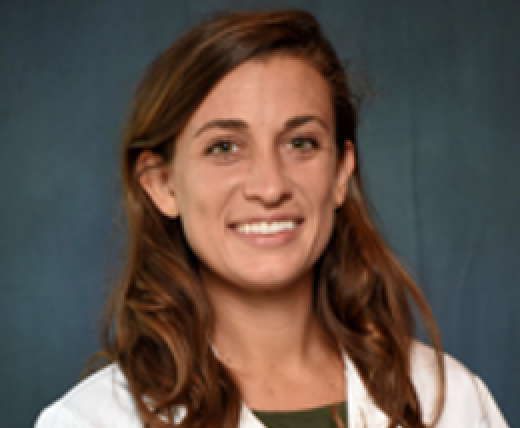
Oh, the Places You’ll Go
[vc_row][vc_column][vc_column_text]NIH Oxford-Cambridge (OxCam) Alumna Erin Coonahan completed her DPhil research at the National Institute for Allergy and Infectious Diseases (NIAID), the University of Oxford, and the Mahidol Oxford Tropical Medicine Research Unit (MORU) in 2019. Her research, focused on the development of an aptamer-based sensor for the detection of antimalarial drugs, is now published in Science Translational Medicine. The sensor provided a rapid and affordable method for researchers in malaria endemic countries to collect data on antimalarial tablet quality and drug use practices – both major factors contributing to the emergence and spread of drug resistant malaria. Current standard methods to measure drug levels in antimalarial tablets and patient samples use liquid chromatography-mass spectrometry (LC-MS) for specific small-molecule drug detection. Access to LC-MS equipment is limited in malaria endemic countries, usually necessitating shipment across country borders, making this data collection slow and often prohibitively expensive for local researchers. The aptamer sensor developed through Dr. Coonahan’s research in the OxCam Program allowed local malaria researchers to detect two of the most commonly used components of first line antimalarial treatments in Southeast Asia using only a fluorimeter. To develop this assay, Dr. Coonahan worked with malaria researchers at NIAID, chemistry and engineering labs at Oxford, an LC-MS laboratory at Oxford’s research site in Bangkok, and several smaller research laboratories in Western Thailand and Cambodia. The assay used low-cost aptamer technology to distinguish between similarly structured small molecules enabling local malaria researchers to study drug use in Southeast Asia, monitor implementation of mass drug administration campaigns, and detect falsified or substandard tablets. In the future, Dr. Connahan hopes to expand the number of detectable drugs and adapt the sensor output to a visual readout, eliminating the need for any lab equipment. “During my PhD, I learned new techniques and scientific approaches from various mentors and peers and I learned from new environments, working in different laboratories and cultures on 3 different continents. Upon completion of my PhD, I packed my car in my hometown in Maine and drove across the country to San Diego to begin medical school. I feel very lucky that my MD/PhD training has taken me across the world, and the country, and introduced me to wonderful people and lifelong friends,” stated Dr. Coonahan. Currently, Dr. Coonahan is starting her 3rd year of medical school at the UC San Diego School of Medicine via the OxCam Track 3 Program. This Program allows students to apply for medical school funding via the Medical Scientist Training Program (MSTP) during their final years of doctoral research. The Program provides an important path for students, like Dr. Coonahan, who are motivated to pursue clinical training following their doctoral research experiences. She began graduate research with the goal of gaining technical skills in diagnostic and sensor development and along the way became aware of the many challenges at the intersection of technology and clinical solutions. Too often, a promising new technology in the medical field fails to be implemented due to unforeseen logistical barriers in the clinic or a lack of clinical need. In her future role as a physician-scientist, Dr. Coonahan hopes her training will allow her to leverage both clinical insight and sensor technology to identify, develop, and implement new diagnostic tools.[/vc_column_text][/vc_column][/vc_row][vc_row][vc_column][/vc_column][/vc_row]
